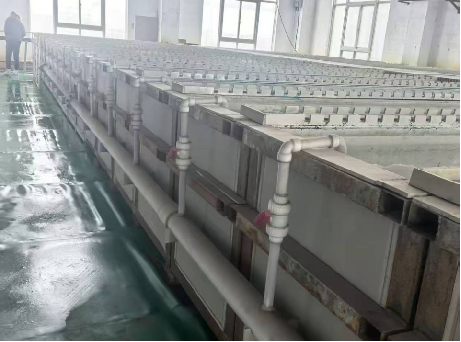NEWS&EVENTS
Efficiently utilizing low-grade, complex tin ore resources has always been a major challenge in the tin metallurgical industry. Traditional gravity separation methods suffer from low recovery rates and high energy consumption for such ores. However, modern hydrometallurgical technology, through an innovative process of "crushing and grinding - leaching - purification - electrolysis - smelting and casting," has successfully achieved efficient and green extraction of complex tin ore resources.

This process first involves crushing and grinding the ore to fully dissociate the tin minerals within it, creating the necessary conditions for subsequent leaching. Leaching utilizes an acidic or alkaline system under specific conditions to selectively dissolve the tin minerals, converting them into ionic form and achieving a preliminary separation of the tin from some impurities.
Leachate purification is a core component of the entire process. A combination of techniques, including pH adjustment, flocculation and precipitation, and solvent extraction, effectively removes impurities such as iron, arsenic, and copper that can severely impact subsequent processing steps, resulting in a pure tin-containing solution. This step directly determines the quality of the final product. Electrolytic deposition reduces tin ions in solution to high-purity metallic tin at the cathode, achieving a product purity exceeding 99.9%. The replacement process, on the other hand, replaces the tin with a reactive metal, producing a sponge tin product. While the latter method uses simpler equipment, the product purity is lower and requires further processing.
Finally, the crude tin obtained from electrolysis or the sponge tin produced through replacement undergoes a smelting and casting process to further remove trace impurities and form standard tin ingots, resulting in the refined tin product required by the market. This hydrometallurgical process not only significantly improves the recovery rate of low-grade, complex tin ores and reduces environmental pollution, but also enables the comprehensive recovery of associated valuable metals, demonstrating the trend of modern mineral processing technology toward high efficiency, energy conservation, and environmental protection.